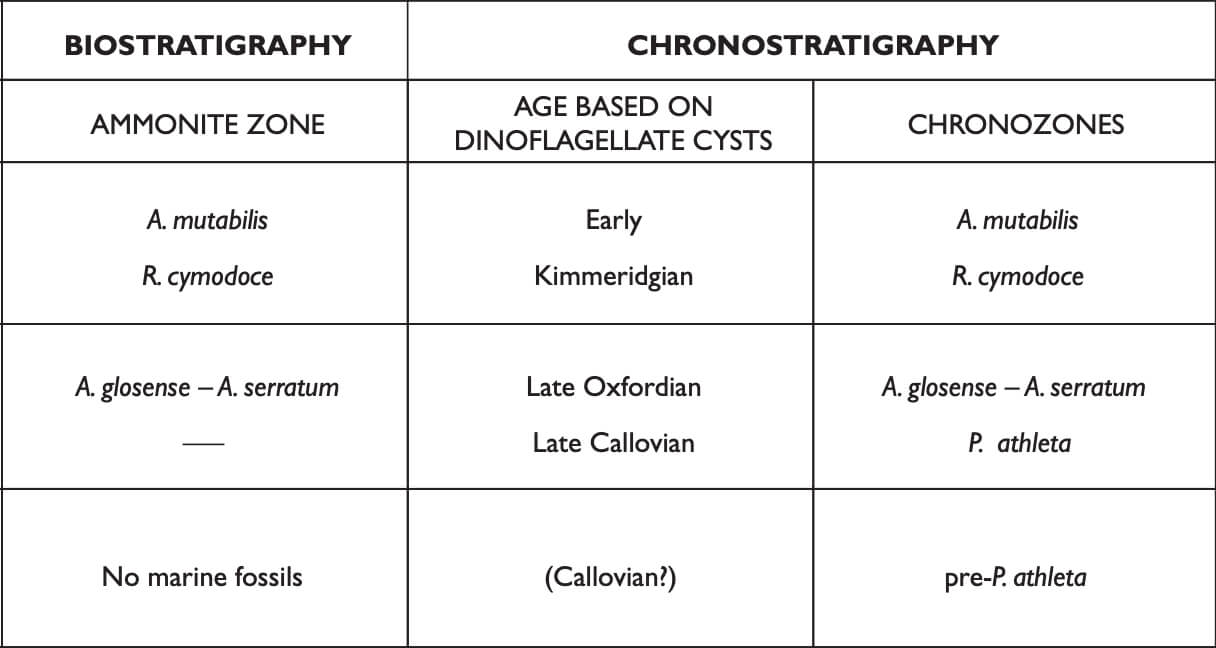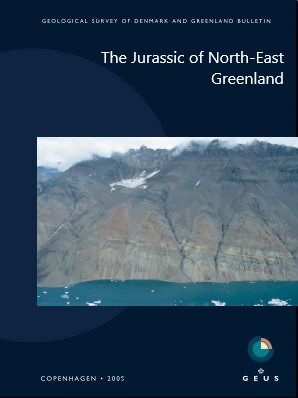
How to Cite
Share
Abstract
Three sections in Hochstetter Forland, North-East Greenland, referred to the Jurassic Payer Dal and Bernbjerg Formations, have been analysed for dinoflagellate cysts. The dinoflagellate cysts, new finds of ammonites and previously recorded marine faunas form the basis for improved dating of the succession. The basal strata of the Payer Dal Formation at Kulhus is here dated as Late Callovian, Peltoceras athleta Chronozone, based on the presence of relatively abundant Limbicysta bjaerkei, Mendicodinium groenlandicum, Rhychoniopsis cladophora and Tubotuberella dangeardii in an otherwise poor Upper Callovian dinoflagellate assemblage. Ammonites have not been recorded from these strata. The upper Payer Dal Formation at Agnetesøelven is dated as Late Oxfordian, Amoeboceras glosense – Amoeboceras serratum Chronozones, based on the presence of Sciniodinium crystallinum, together with Cribroperidinium granuligera and Stephanelytron sp. The age is in accordance with ammonites present in the uppermost part of the formation at Søndre Muslingebjerg. New ammonites in the Bernbjerg Formation at Agnetesøelven together with dinoflagellate cysts indicate an earliest Kimmeridgian age, Rasenia cymodoce and Aulacostephanoides mutabilis Chronozones. The Upper Callovian dinoflagellate cysts from Hochstetter Forland belong to a local brackish to marginal marine assemblage, which only allows a fairly broad correlation to coeval assemblages in central East Greenland. In contrast, the Oxfordian and Kimmeridgian assemblages are fully marine and can be correlated from Milne Land in central East Greenland via Hochstetter Forland to Peary Land in eastern North Greenland.
How to Cite
Share
Downloads
Edited by L. Stemmerik and S. Stouge
The Jurassic rift succession of East Greenland has been intensely studied over the last 25 years, particularly within the main outcrop areas of Jameson Land and Wollaston Forland. The more isolated and poorly known outcrops on Traill Ø, Hold with Hope, Hochstetter Forland and [...]










